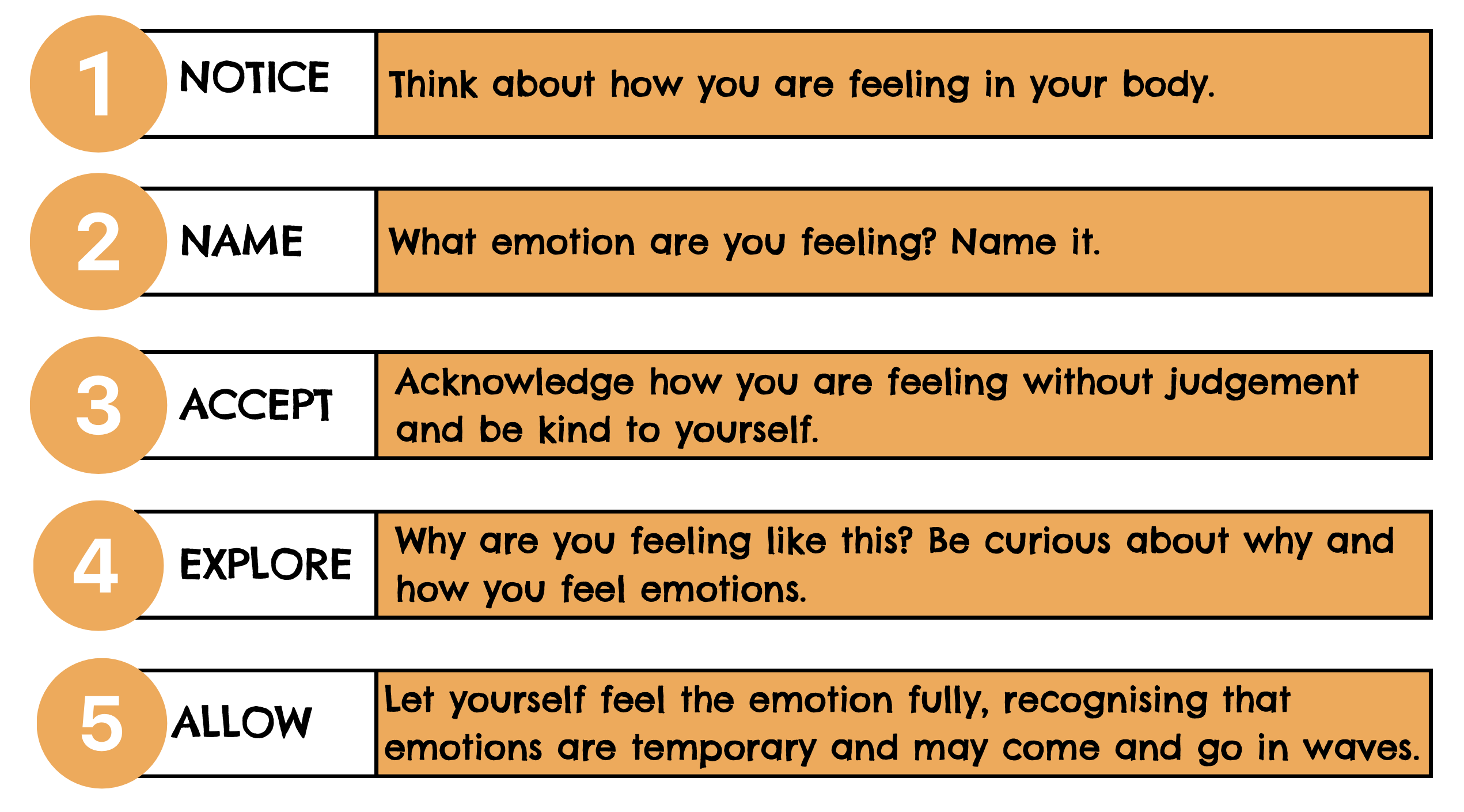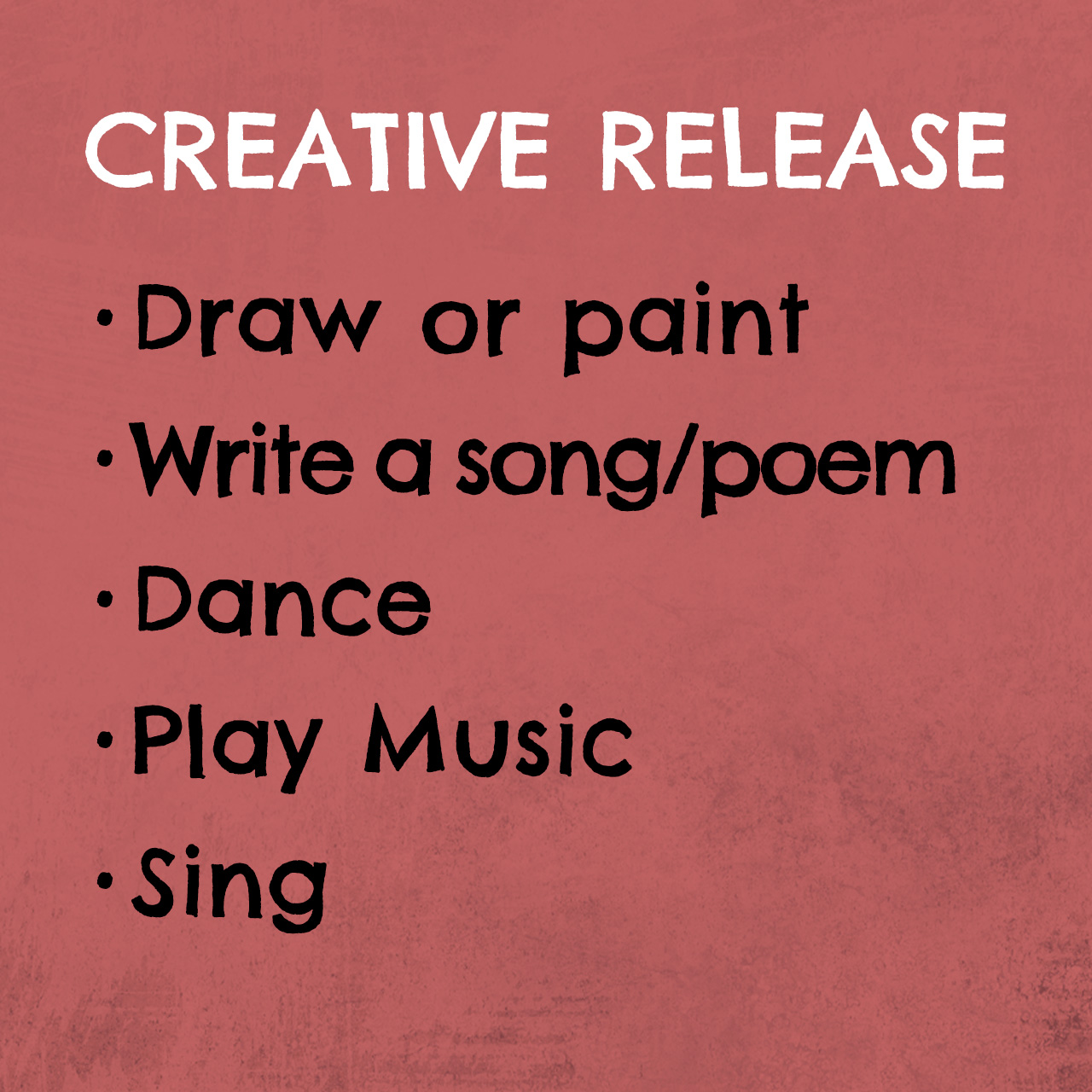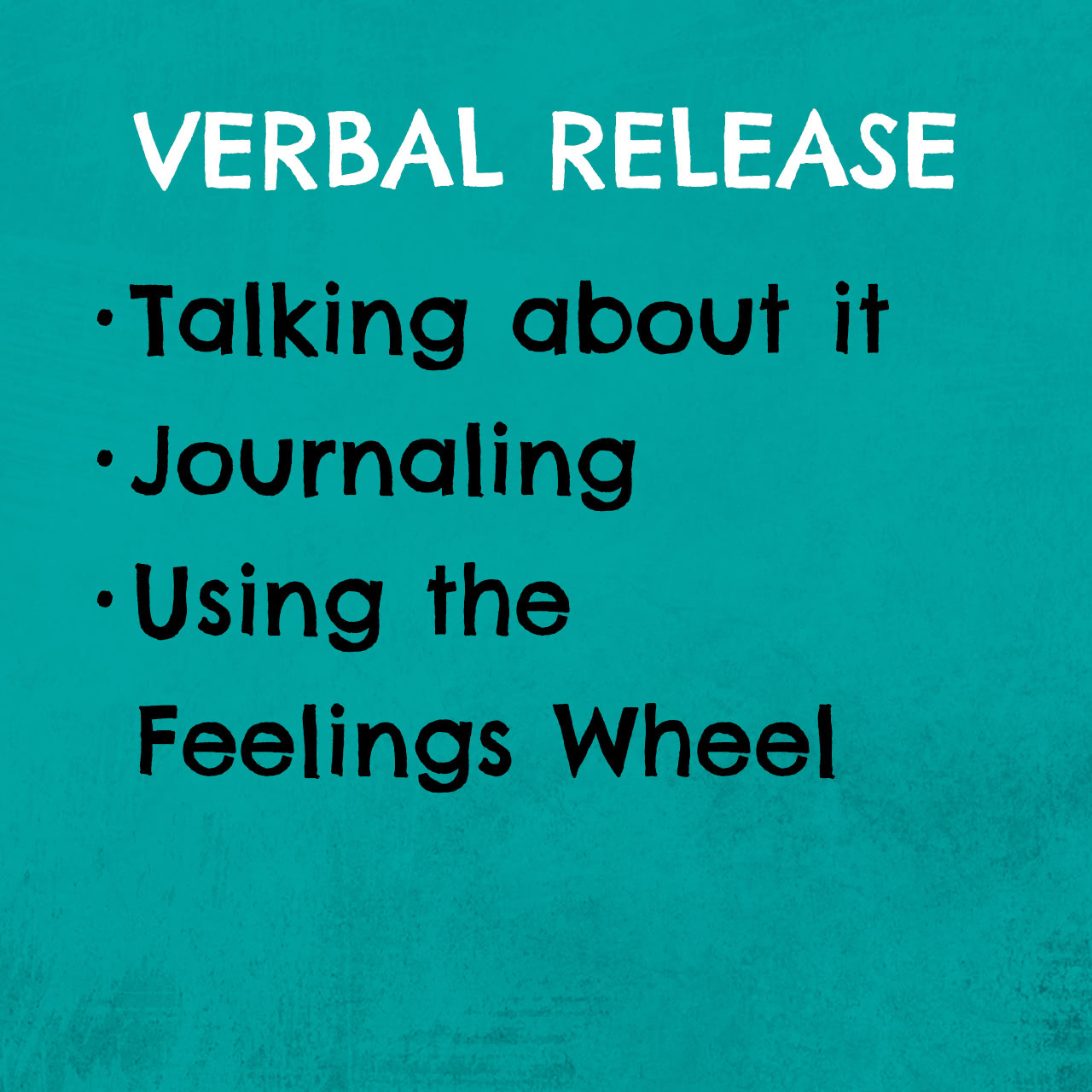My Wellbeing
After completing this section, you will be able to: describe what coping skills are; know the difference between emotion-, thought- and problem-focused approaches; know tips for boosting your mood and calming down; explain why it might be important to ‘sit with’ an emotion; and, know what ‘unhelpful thinking’ and ‘intrusive thoughts’ are.

Choosing a coping skill
Responding to emotions
Breathing exercises increase oxygen levels and lowers blood pressure and heart rate. It also lowers cortisol levels. This signals to the body that everything is okay and stops us going into fight or flight or freeze and shutdown state.
BREATHING

Increases oxygen levels and reduces blood pressure. This helps us relax and stops us going into Fight or Flight mode.
GROUNDING

Grounding exercises are things that help us shift our focus away from uncomfortable emotions and thought. We can do this either by bringing awareness into our body and senses and focusing on the present moment, or by distracting our mind with mental exercises. Mental exercises engage our Monkey Brain (prefrontal cortex) and help stop us flipping into our fight flight or freeze state.
DISTRACTION

Improve your mood by doing things you enjoy, which will boost your oxytocin, dopamine and serotonin. Doing things like puzzles or creative activities engages different parts of your brain and stops you flipping into your fight or flight state.
EXERCISE

Serotonin, dopamine and endorphins are released during exercise. Exercise boosts our mood, improves concentration and sleep, and reduces stress.




Expressing emotions
Releasing emotions can reduce feelings of stress as well as physical tension in your body. We also might need to express how we are feeling to others.
Download Physical Release Tips PDF | Download Journal Templates PDF | Download Emotion Iceberg Worksheet PDF
Here are some ways we can express emotion:
Sitting with emotions
It’s not always possible to change how we’re feeling. Instead, we might need to ‘sit with’ our emotions before we are able to express them. If we dismiss our emotions, they might come out in unhealthy ways.
Try these steps to process and accept your emotions:

Unhelpful Thinking Styles
Sometimes it’s the way that we are thinking about a situation that’s causing problems and making us feel uncomfortable emotions. Watch this video and learn how to recognise unhelpful thinking styles – and how to challenge them.
Download Decatastrophising Thought Challenge PDF | Download Negative Thought Challenge PDF | Download Fact vs Opinion Worksheet PDF
Intrusive thoughts
An intrusive thought is a thought that we can’t control. These thoughts might be distressing or annoying but they’re just thoughts – and we don’t need to act on them. Watch this video to learn how to practice recognising when we are having these thoughts – and what to do about them.
Problem solving
Sometimes we might need to tackle the problem head on. How we solve a problem depends on the problem itself, but here are some useful tips to get started.
Time Management

Managing our time better can help us solve problems. Here are some tips for managing our time:
Set clear goals – you might want to start by making a list of what you want to achieve, or tasks that need to be completed. Try using SMART goals. These are
S: Specific. What exactly do you want to achieve, who is involved and what are the steps to achieving it?
M: Measurable. How will you know the task is completed? How are you going to track your progress?
A: Achievable. Is this goal realistic? It’s good to be ambitions but we also don’t want to set ourselves up to fail.
R: Relevant. Why are you setting this goal? Who is it for or what is it helping with?
T: Time-bound. Give yourself a deadline to check-in with progress and complete the goal by. This helps you stay focused and stops you spending too much time on an unachievable goal.
Prioritise tasks – think about what things are most important, and what things need to be done most urgently. Try using a Priorities Graph to sort out which tasks need to be done first.
- Make a timetable – when you are making a timetable it’s important to include breaks. It might be helpful to use a colour code to separate urgent tasks, deadlines, other tasks, breaks, and social activities. Timetables also help you keep track of how long a task is taking you.
Saying No

Sometimes when we find ourselves in a difficult situation, the best way to deal with the problem is to remove ourselves. It might be that we are in an unhealthy relationship that needs to come to an end, or we have been asked to do something that doesn’t feel right.
Learning when to say no is a really important skill. When something is causing us harm, mentally, physically or emotionally, it is time to say no. It’s important to recognise our own boundaries and practice setting clear boundaries with others. Saying no can be difficult, but we can do it in a way that makes our needs clear whilst still considering the other persons feelings. This is called assertive communication and we will look at this more in the relationships topic.
Brainstorming

Brainstorming is coming up with ideas to solve a problem. You can do this in a group or by yourself. Sometimes it can be helpful to talk through a problem out loud and discuss different problem solving options. Here are some ideas for brainstorming
- Word Association. Shout out, or write down the first word that comes into your head when you think of the problem topic.
- 5 Whys: For a particular problem, ask the question why over and over until it can no longer be answered. For example, why is my teacher annoyed? Because I failed my exam. Why did I fail my exam? Because I didn’t have time to study. Why didn’t I have time to study? Because I forgot I had to help my mum at the weekend. Why did I forget? Because I didn’t write it down. Solution: In future I will make a revision timetable that includes my family commitments so I know how much time I have.
- Mindmapping. Write the problem in the middle of a bit of paper. Write down any related topics, ideas, thoughts and feelings. Then draw lines between the ones that are connected in some way. Start to explore the problem and see if you can write down some possible solutions.
- Starbursting. Draw a 6-point star in the middle of the page and write the problem in the middle. Each point of the star represents a question: Who, what, when, where, why, how. Work through each question to explore the problem and then possible solutions. For example, who was involved in the fight? And then who needs to be involved in resolving the fight?
Asking for Help

Sometimes we need help to solve a problem. Think about what kind of help you need and where you might get it. Can you discuss it with a friend? Is there a trusted adult you can talk to? Is there a service in the community that you can go to? If you’re not sure what help you need can you find out more information? Try mapping out what support is available to you.




Summary
- We use coping skills to deal with stress or other difficult situations and emotions.
- We can take an emotion-, problem- or thought-focused approach to problem solving.
- We can soothe our emotions or boost our mood through exercises such as breathing and grounding techniques.
- Sometimes we need to ‘sit with’ emotions to understand what’s going on.
- Being aware of and challenging unhelpful thinking styles can reduce stress and improve mood.
- Intrusive thoughts are thoughts that we can’t control. We can acknowledge that they are just thoughts and not facts and we don’t need to act on them.
It's not the end of the story!
If you want to learn more about yourself, choose one of the modules below.











